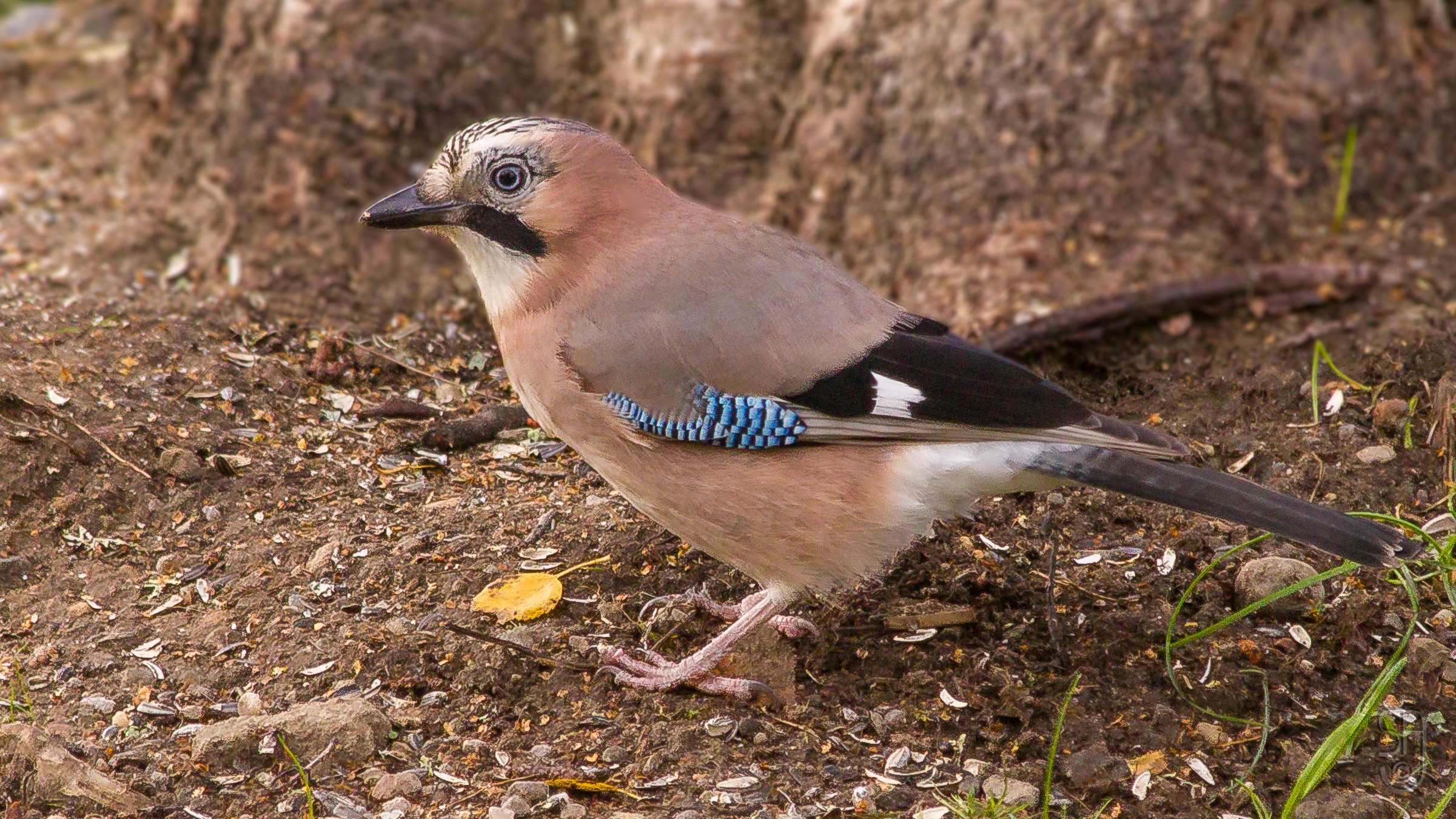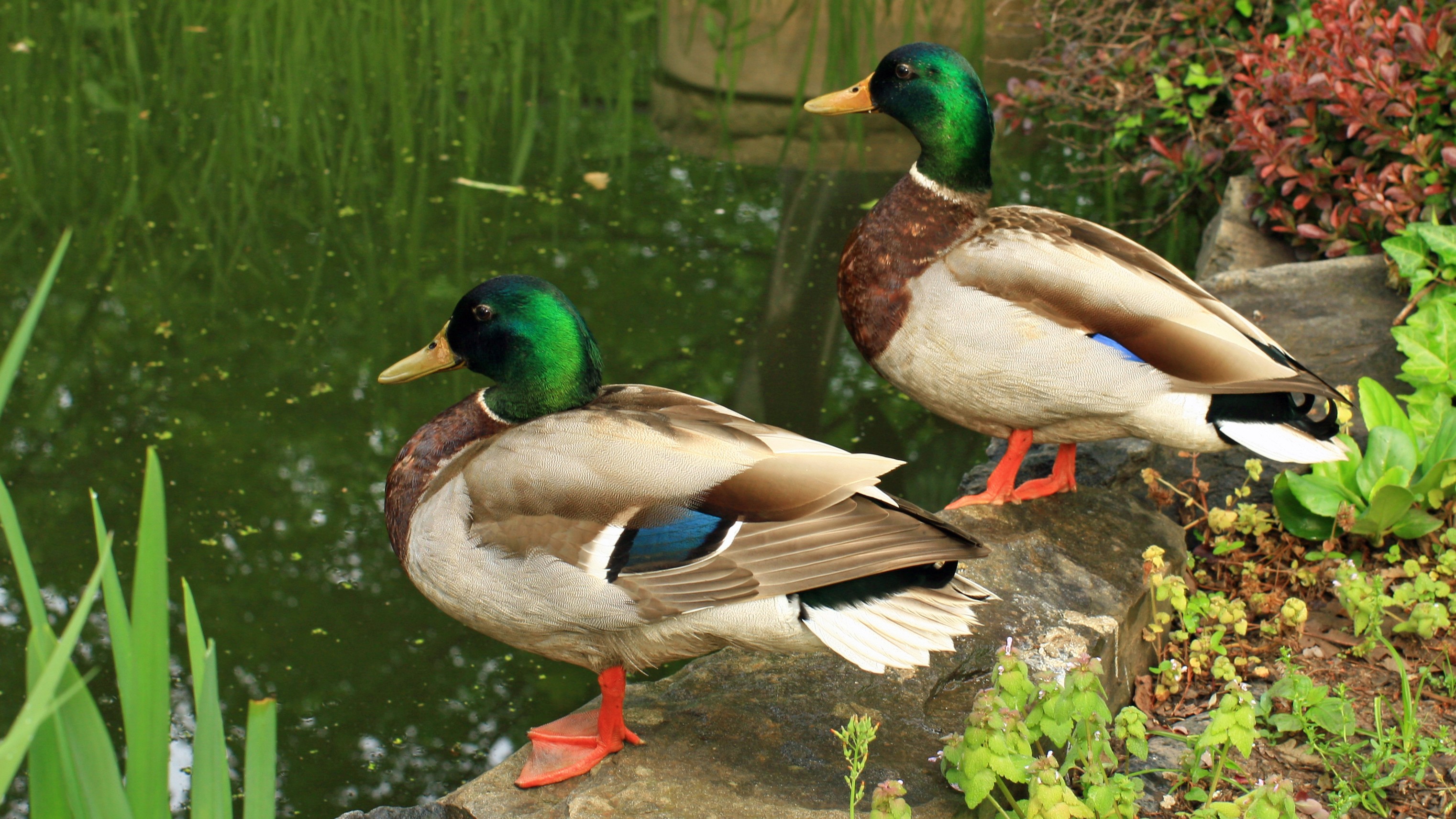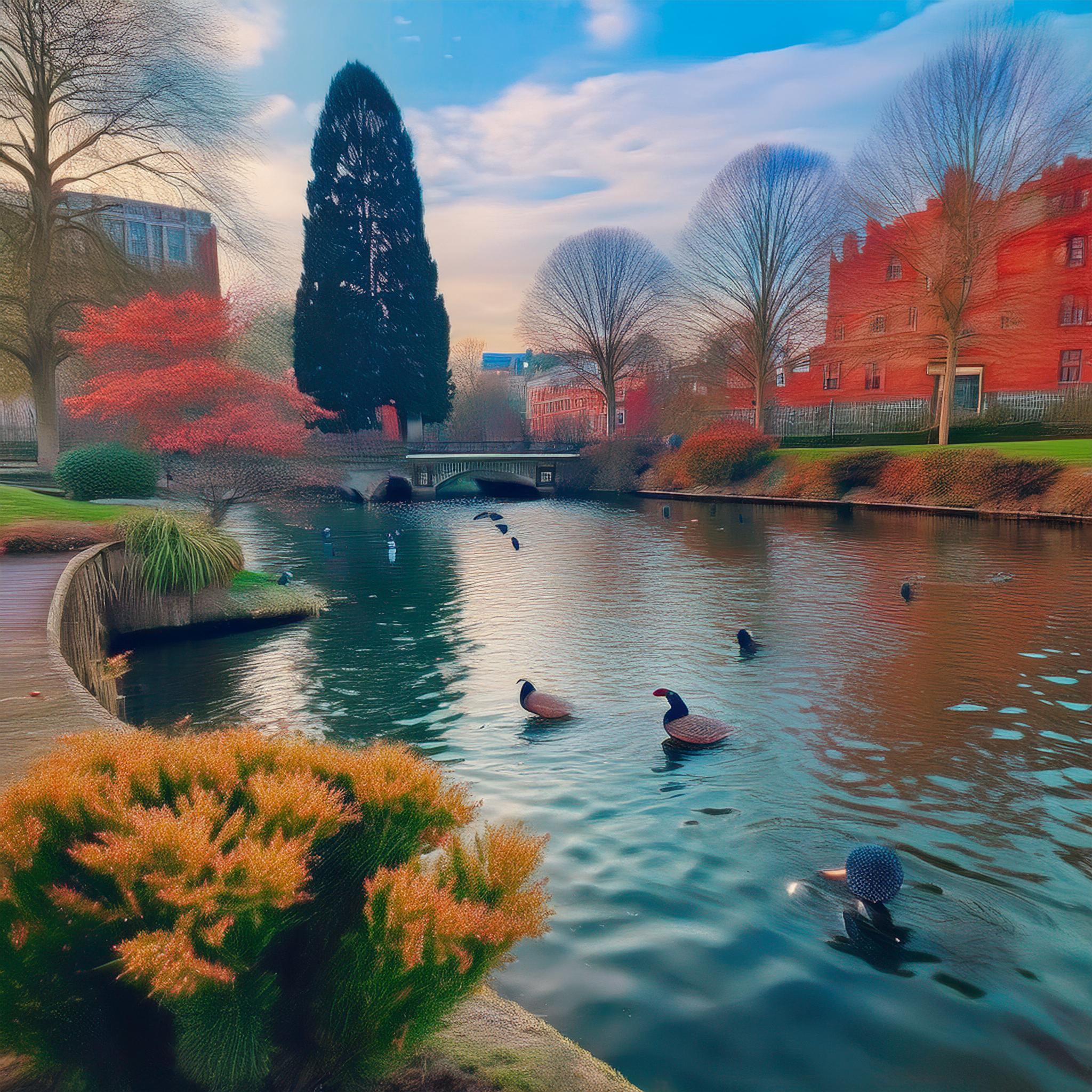
Join us for an enlightening journey through the evergreens that brighten our winter days and the subtle yet striking colours that signal the changing seasons. Whether you're a nature enthusiast or simply curious about the natural world, this article will captivate and inspire you
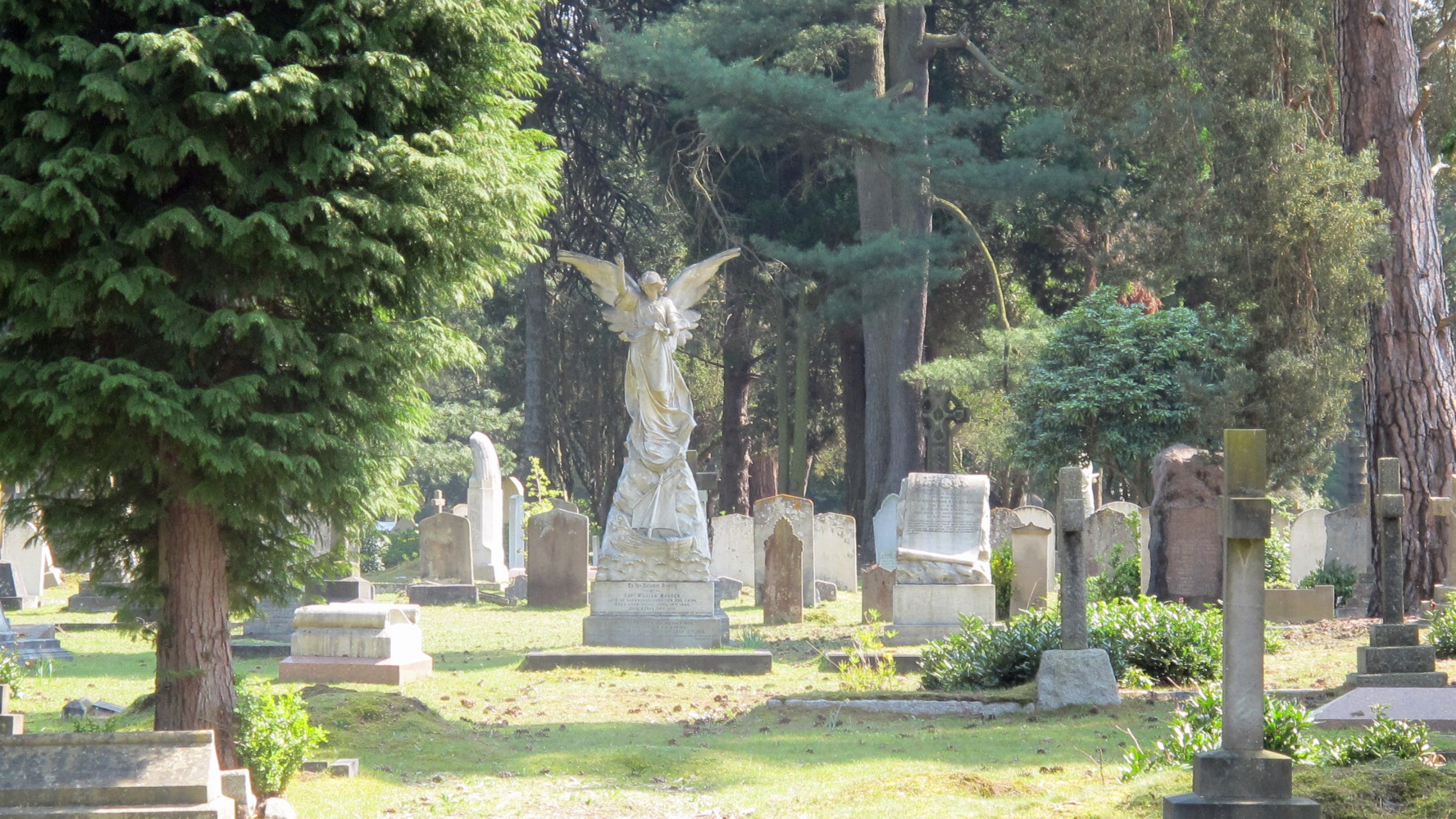

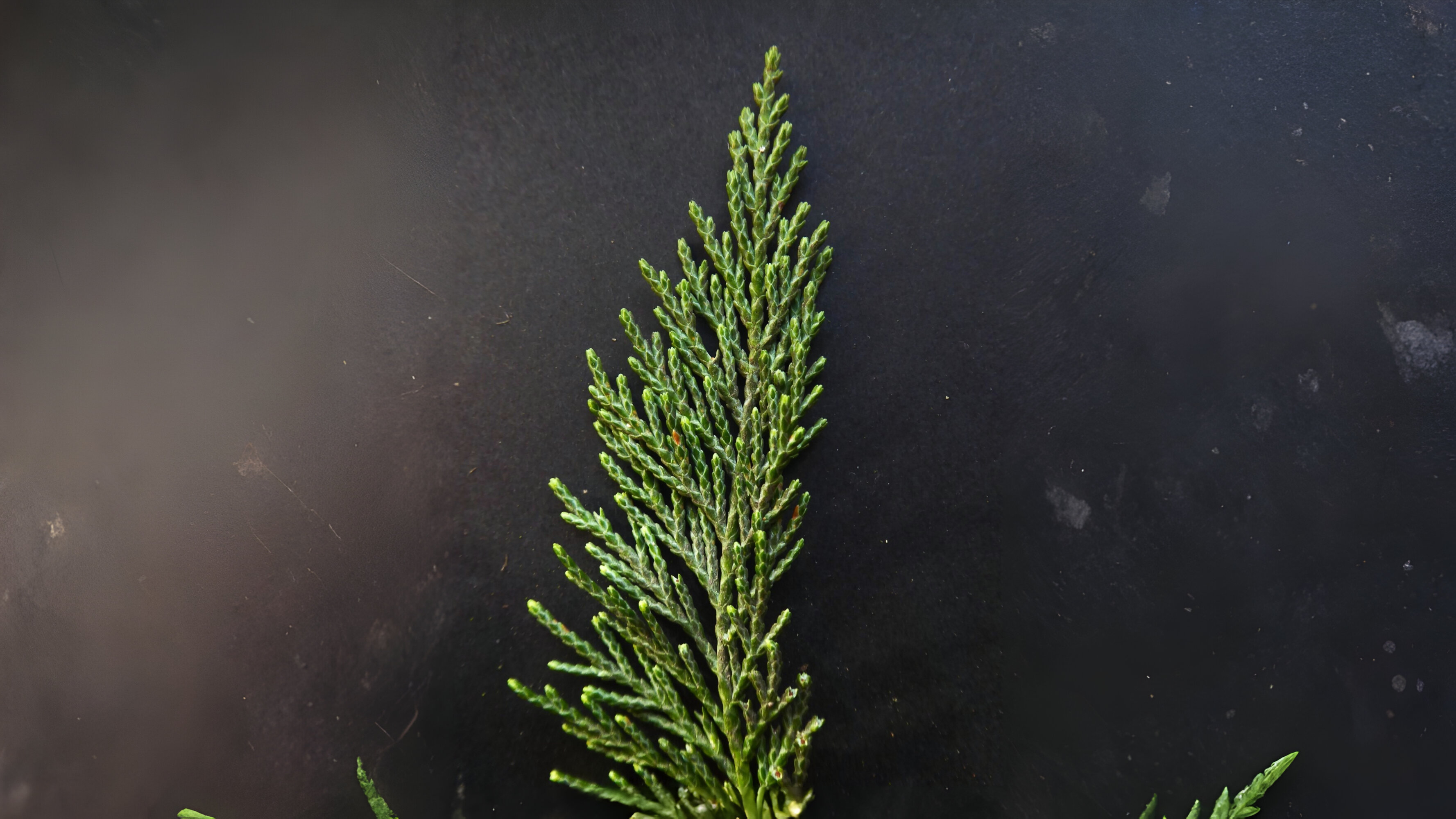

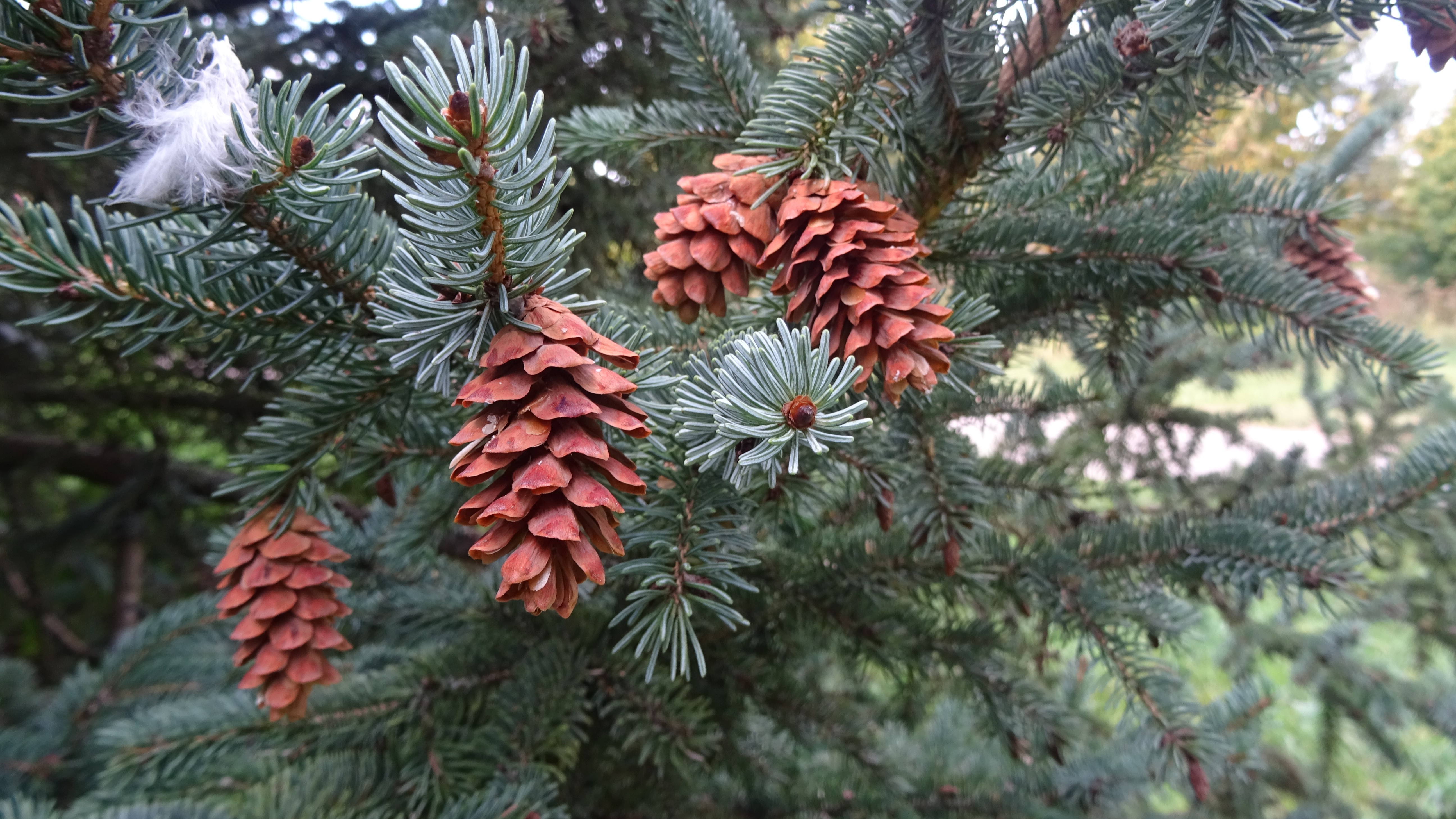

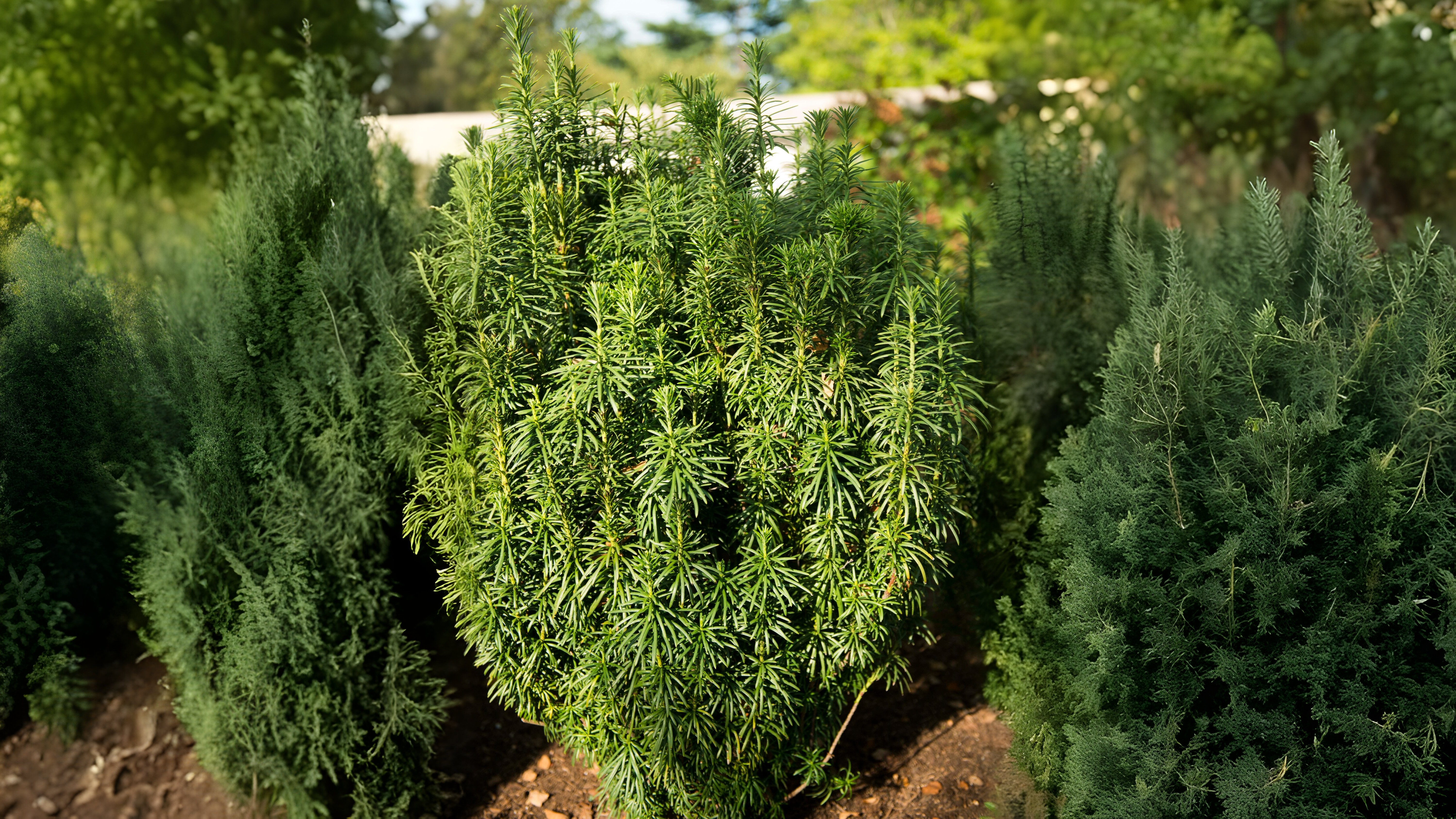

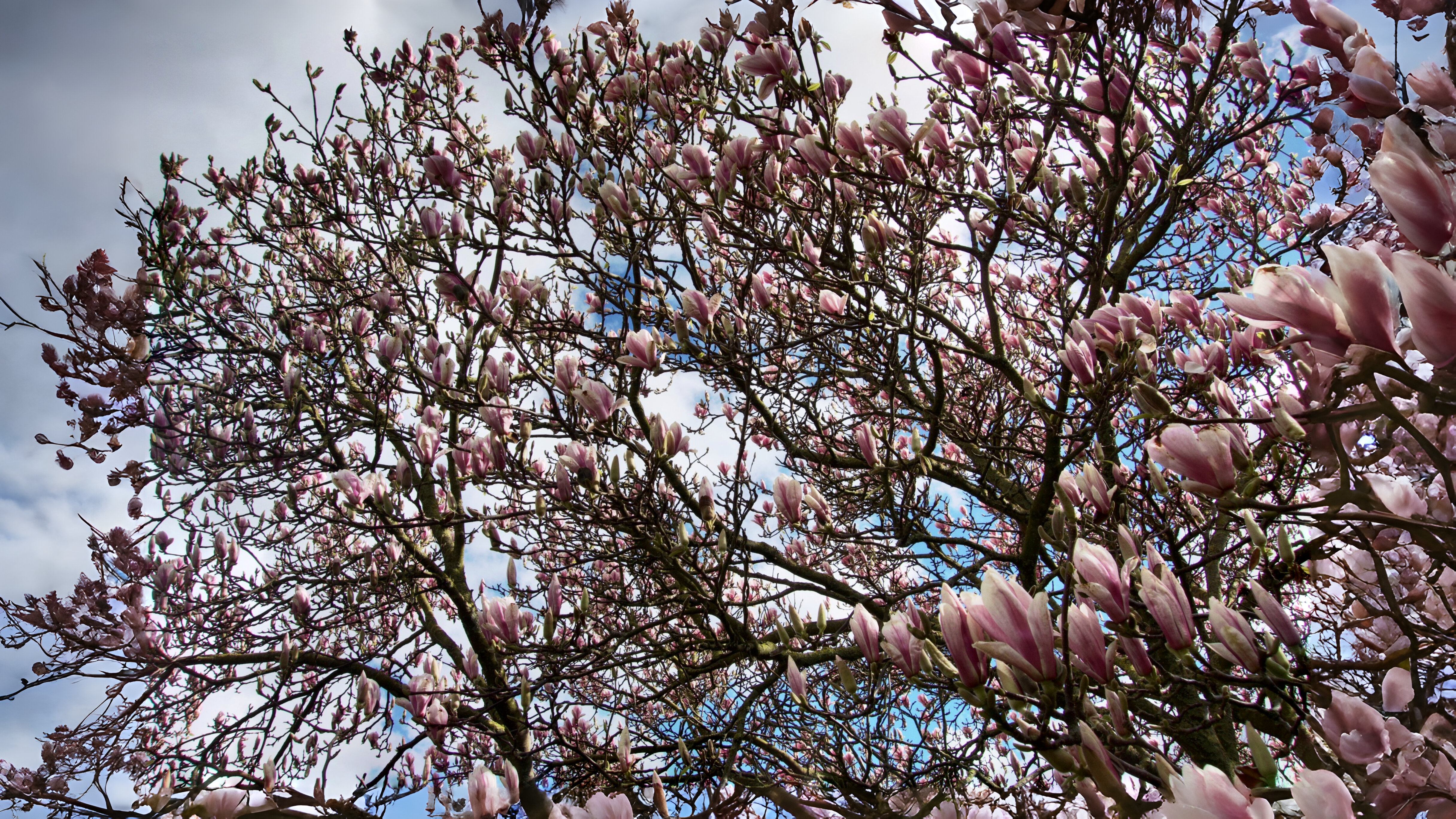

The courting colours of birds are generally much brighter and there is much more iridescence now in their plumage. Many birds have an extra sheen to their feathers in February. Even crows have their ‘raven’ sheen. Greenfinches are greener, long tailed tits pinker and the sharp colours of the jay are more defined. Bullfinches have a ‘rosier’ tint and even the blue-grey of herons can look almost lavender in the sunlight.
